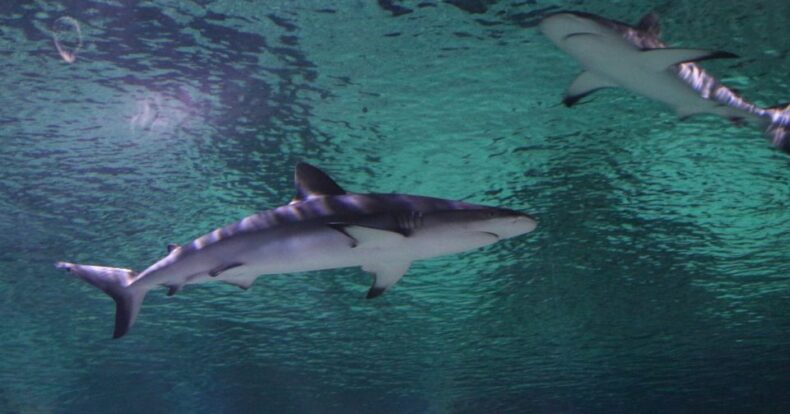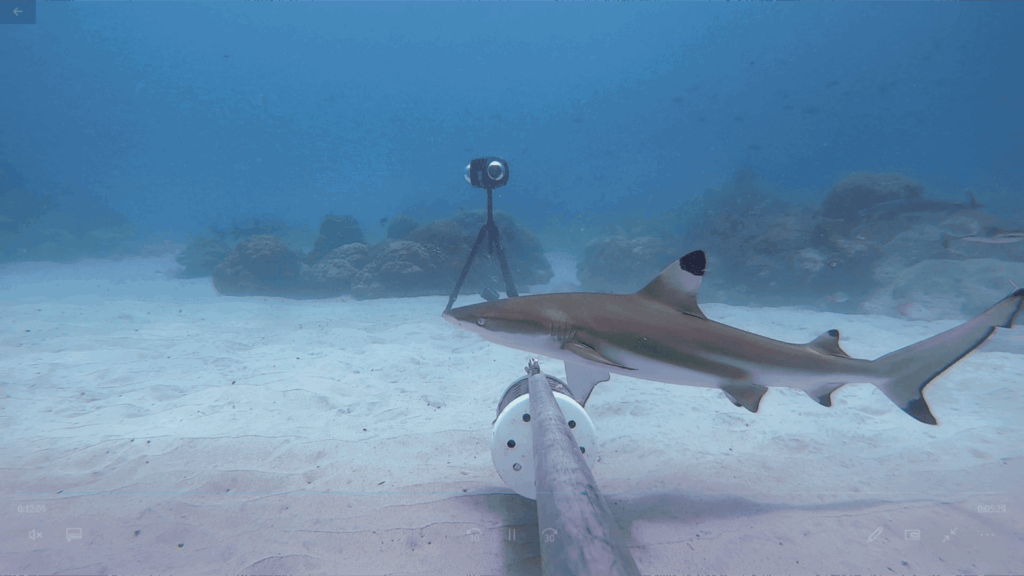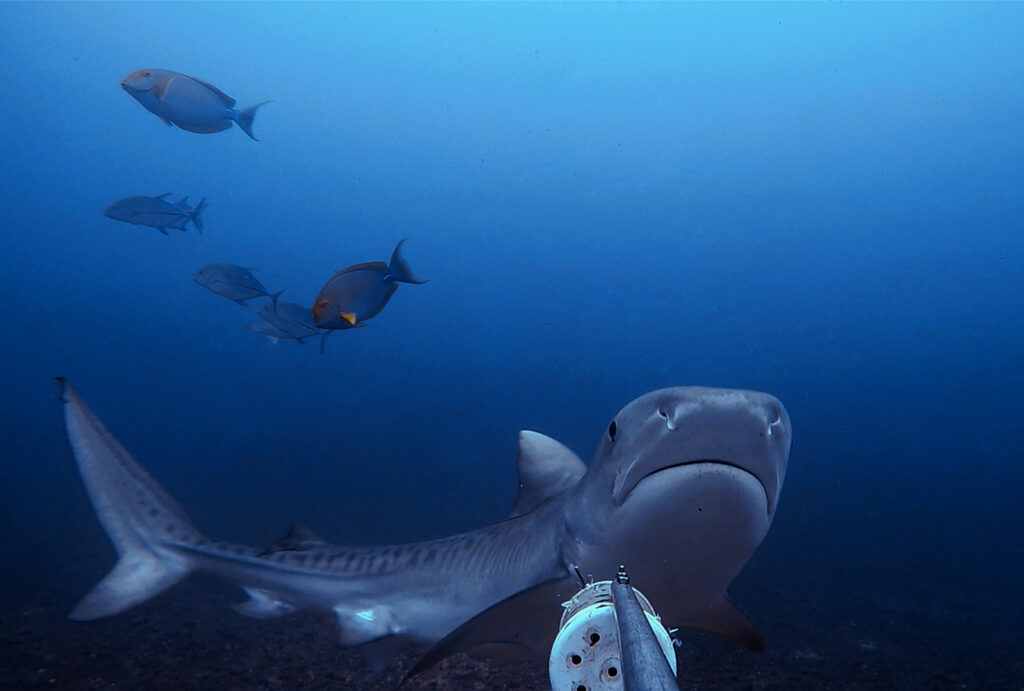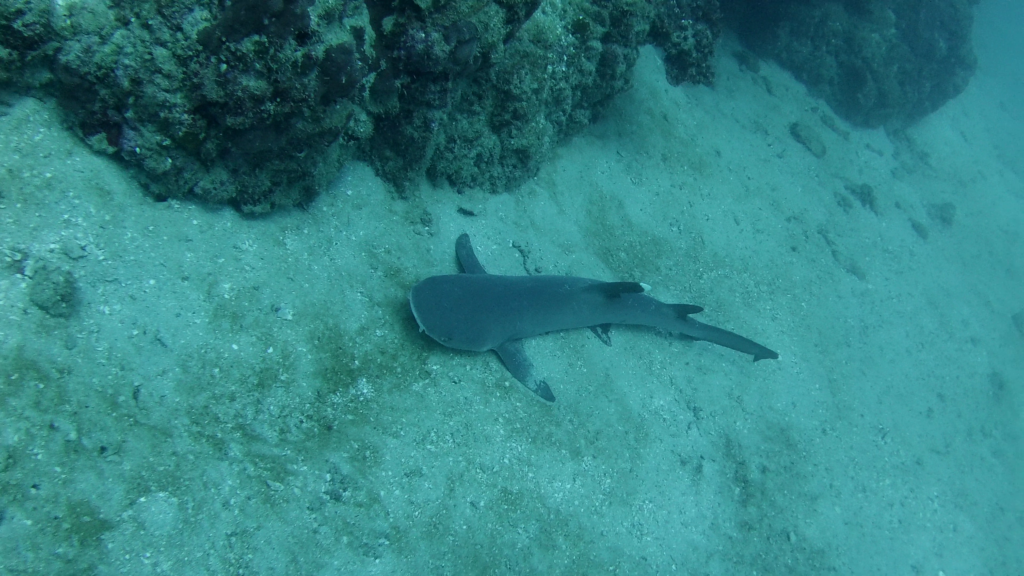Bahía Santa Elena: a natural laboratory for marine research

Bahía Santa Elena is one of Costa Rica’s best-preserved marine areas, renowned for its biological richness, scenic beauty, and ecological importance. It forms part of the Bahía Santa Elena Marine Management Area, a conservation zone that protects key ecosystems such as rocky reefs, mangroves, and feeding grounds for various marine species, including sharks and rays.
Located in the North Pacific, within the Guanacaste Conservation Area (ACG), the bay was recently the starting point for a new scientific expedition led by European researchers Dr. Jonathan Goldenberg and Dr. Bastiaan Star, from the University of Oslo (Norway), in collaboration with Dr. Mario Espinoza, from the Center for Research in Marine Sciences and Limnology (CIMAR) at the University of Costa Rica (UCR).



The ACG is consolidated as a true living laboratory for science, hosting high-impact research that seeks to answer key questions about the health of the planet.
SHARKSense project: skin as an environmental indicator
The recent expedition is part of the innovative international project SHARKSense, which aims to determine whether the skin coloration of sharks and rays could serve as a natural bioindicator of environmental pollution. This is based on the hypothesis that melanin, the pigment responsible for dark coloration, can bind to heavy metals present in the marine environment.
As predatory animals, sharks can accumulate these contaminants through the food chain, meaning that changes in their pigmentation could be directly related to exposure to these toxic compounds.
SHARKSense seeks to determine whether pollution is influencing the evolution of individuals with darker skin through comparative studies in different regions of the world, including Costa Rica.
Expansion of research in national waters
Between 2025 and 2026, data collection in national waters will be expanded, strengthening knowledge about the country’s marine biodiversity and providing valuable information for the conservation and management of marine ecosystems.
ACG is a living laboratory for pioneering research on pollution and sharks in the Bahía Santa Elena Marine Management Area.
Each expedition reaffirms the role of the ACG as a natural platform for scientific research, which is key to understanding and protecting biodiversity on an increasingly threatened planet. Collaboration between international researchers and Costa Rican scientists, such as the CIMAR-UCR team, is essential for marine conservation and for ensuring the future of these unique ecosystems.
Sensorial Sunsets
Navigate articles





